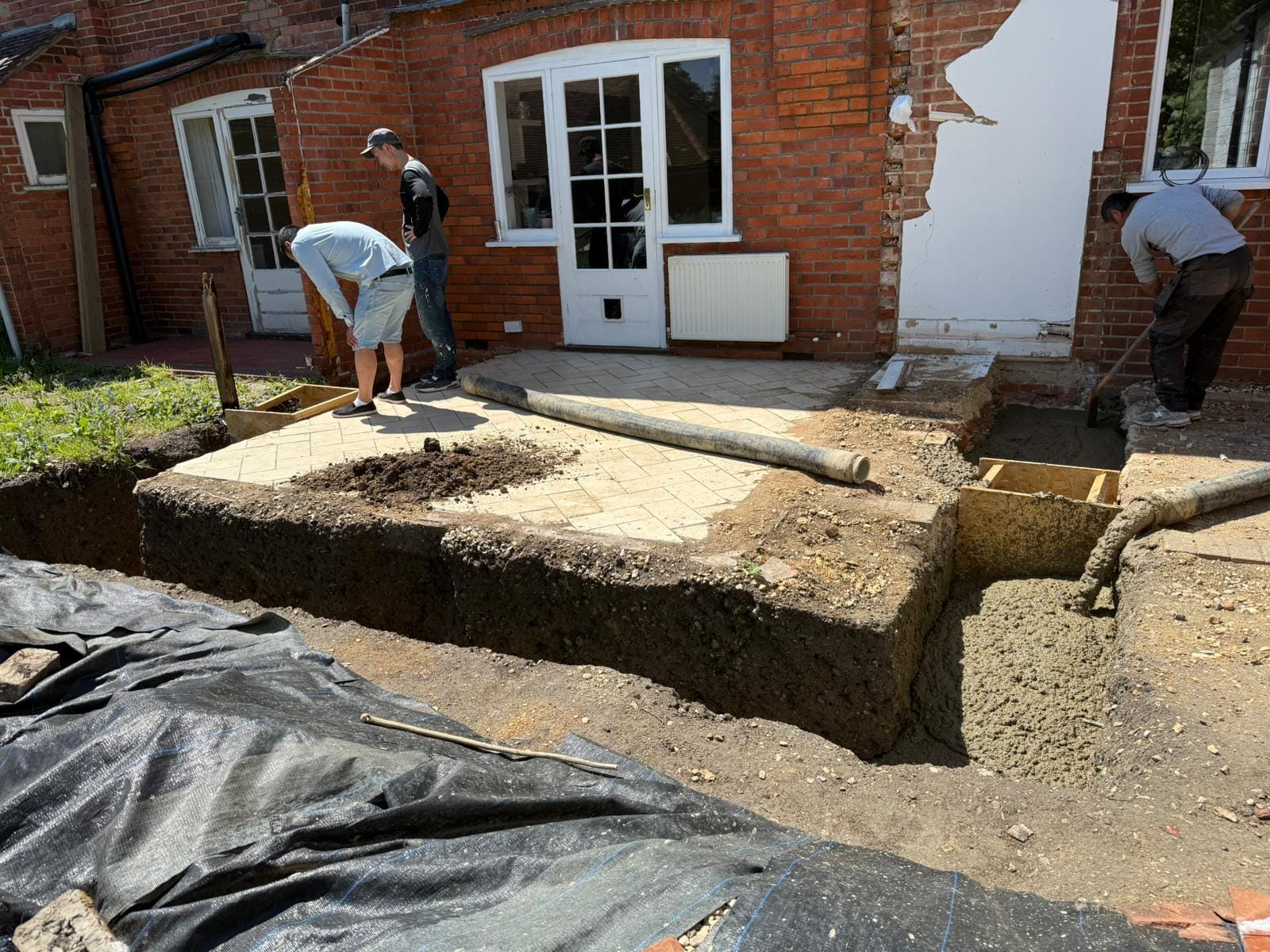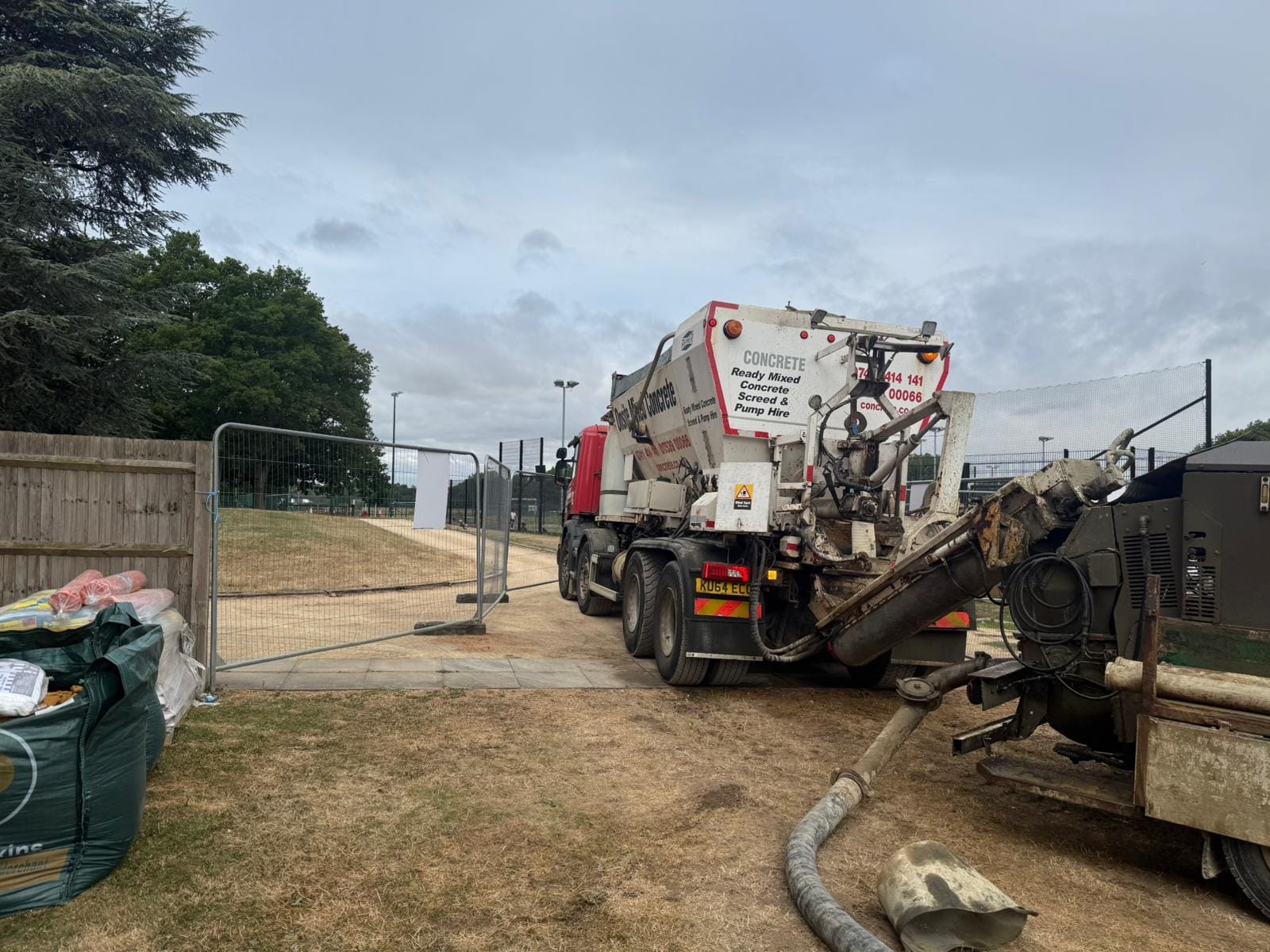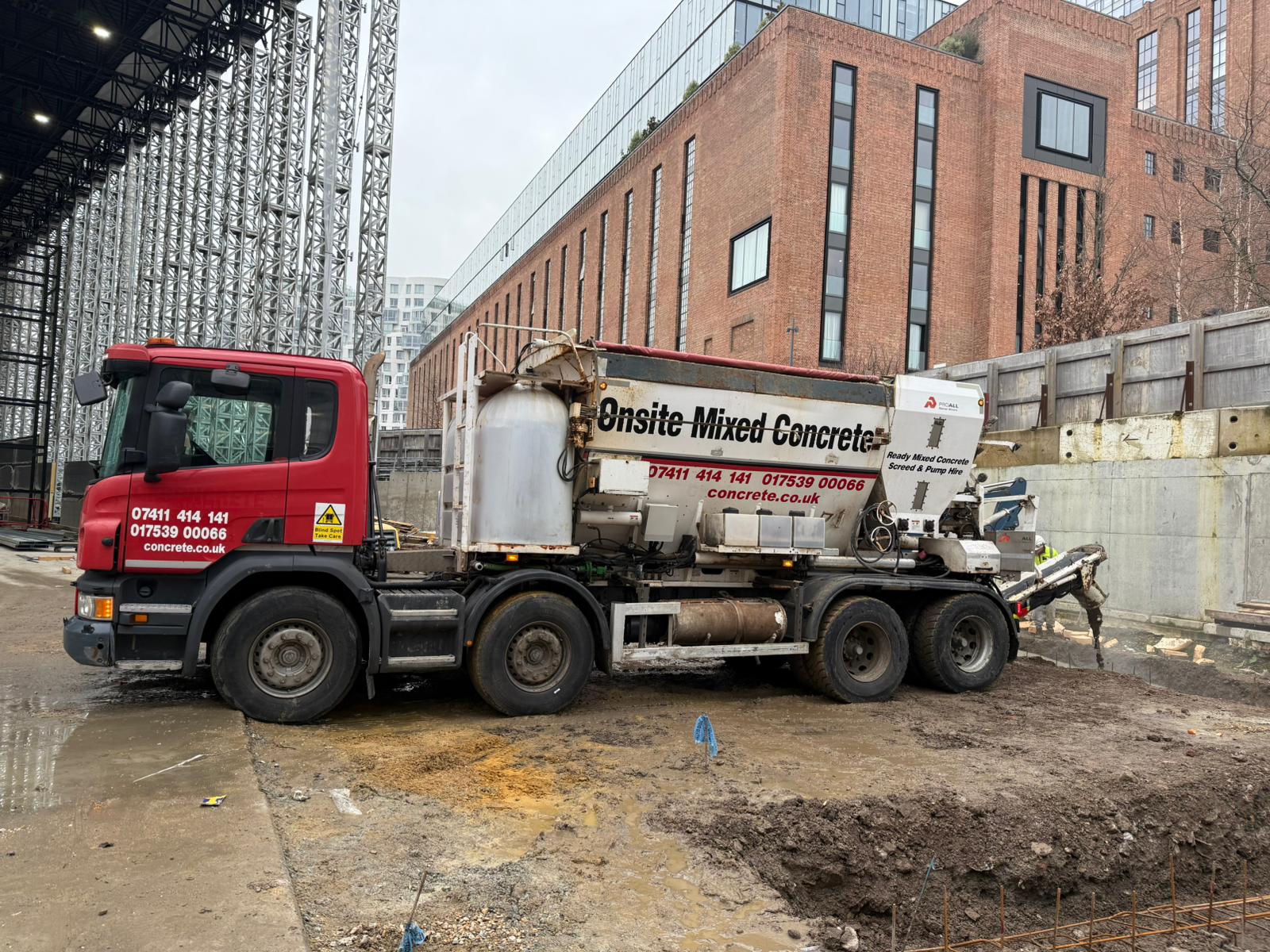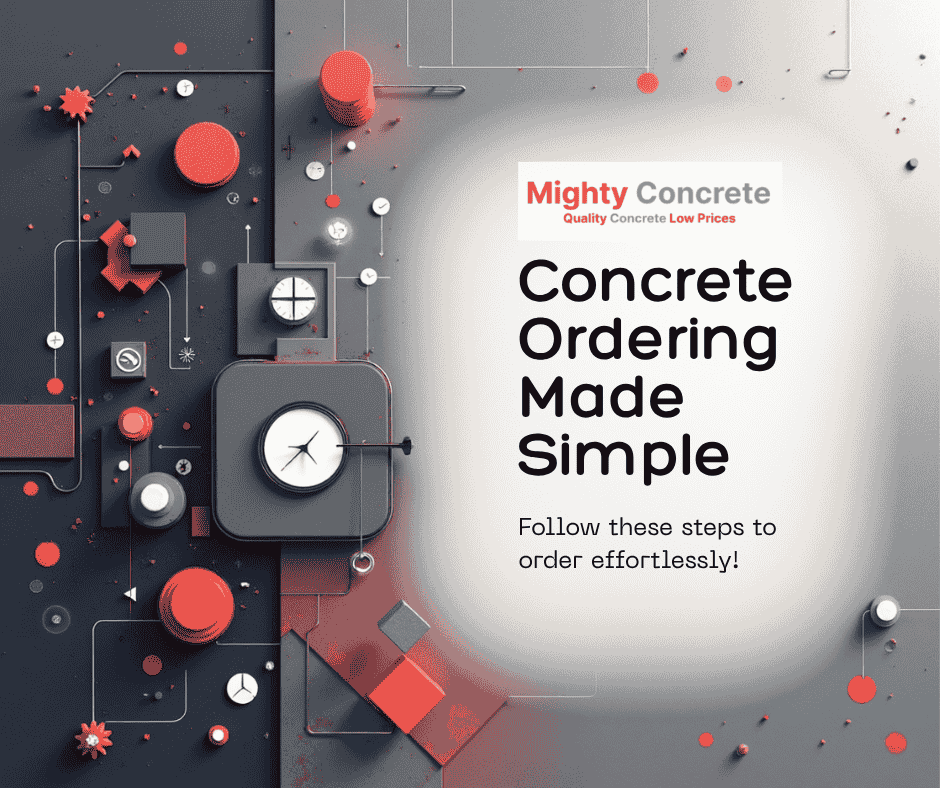When it comes to construction projects, timing is everything. However, the unpredictability of British weather, especially in the colder months, can present unique challenges for concrete pouring and curing. Whether you’re laying a new driveway, building a foundation, or pouring a concrete slab, low temperatures can significantly impact the strength, durability, and longevity of your concrete.
At Mighty Concrete, we understand how vital it is to get your mix right and your curing process controlled, particularly during winter. In this article, we’ll explore practical, proven tips for pouring and curing concrete in cold weather, helping ensure your projects stay on track, regardless of the chill.
Understanding the Impact of Cold Weather on Concrete
Cold weather, defined by the British Standards Institution as temperatures below 5°C, can slow down the setting time of concrete. If the concrete freezes before it achieves sufficient strength, the final structure may experience surface scaling, cracking, or reduced durability.
Key problems include:
- Slower hydration reaction
- Increased risk of frost damage
- Delayed strength gain
- Inadequate curing
According to the Concrete Society, fresh concrete must be protected from freezing for at least the first 24–48 hours. Failing to do so can result in up to a 50% reduction in its final strength.
1. Choose the Right Concrete Mix
One of the most effective ways to tackle cold-weather challenges is to start with the right ready-mix concrete. For colder conditions, a mix with a lower water-cement ratio and accelerating admixtures can promote faster setting times and strength development.
At Mighty Concrete, we offer high-performance ready-mix concrete tailored to seasonal requirements. Our solutions are formulated to ensure optimum performance even in temperatures close to freezing.
2. Preheat the Ground and Equipment
Before pouring concrete, it’s crucial to prepare the site. If the ground is frozen, it can cause uneven setting and potential cracking.
Site Preparation Tips:
- Thaw frozen ground using thermal blankets or ground heaters
- Keep formwork and tools warm to avoid rapid cooling of concrete
- Remove snow and standing water from the area
Cold subgrades can absorb heat from fresh concrete, disrupting the curing process. Using insulating blankets or heated enclosures is a good preventative measure.
3. Pour During the Warmest Part of the Day
Timing your pour for midday or early afternoon can take advantage of the day’s peak temperatures. Avoid pouring in the late afternoon or evening, as concrete poured late in the day is more likely to experience rapid overnight temperature drops.
Pro Tip: Monitor local forecasts closely and avoid pouring concrete when temperatures are expected to drop below 0°C within 24 hours.

4. Use Insulating Blankets and Covers
After the pour, insulation becomes critical. Concrete generates its own heat during the curing process (through hydration), but in cold weather, this heat can dissipate too quickly. Therefore, the following can be used:
- Insulating blankets
- Polyethylene sheeting
- Straw and tarpaulin layers
These coverings help retain the concrete’s internal heat, keeping hydration on track and protecting against surface frost. At Mighty Concrete, we can help you plan your concrete placement with temperature considerations in mind, ensuring minimal heat loss and optimum curing.
5. Consider Heated Enclosures for Large Projects
For larger or more critical pours, rs e.g. industrial flooring or commercial foundations, heated enclosures may be necessary. These temporary structures provide a controlled environment and reduce the risk of rapid temperature fluctuations.
Common Heating Options:
- Ground thawing machines
- Indirect-fired heaters (to avoid carbon monoxide exposure)
- Radiant heaters
Such methods are especially useful when working with ready-mix concrete in the UK, especially in places like Northern England or Scotland, where winter temperatures often dip well below freezing.
6. Extend Curing Times and Monitor Strength
Concrete takes longer to gain strength in cold weather. As a general rule, allow more time before removing formwork or subjecting the slab to loads.
According to a study by the Portland Cement Association, concrete cured at 10°C may take up to twice as long to reach the same strength as concrete cured at 20°C. Source.
Always measure the internal temperature and compressive strength with test cylinders or sensors. Target a strength of at least 3.5 MPa before removing formwork or allowing foot traffic.

7. Avoid Using Salt for De-Icing
Using de-icing salts too soon after placement can damage fresh concrete. The salts can enter the pores and lead to scaling, especially in colder climates.
Alternatives:
- Use sand or non-chloride deicers for traction
- Restrict access to cured areas until a minimum of 30 days has passed
Protect your concrete investment by letting it cure completely before exposing it to harsh chemicals.
8. Communicate with Your Concrete Supplier
Work closely with your supplier to discuss weather conditions, site logistics, and delivery timing. A trusted provider like Mighty Concrete can recommend custom concrete solutions for winter pours.
Our experts advise on:
- Best mix designs for winter
- On-site temperature monitoring
- Concrete pumping logistics
Using local, experienced professionals helps reduce the risks associated with seasonal pours.
Get the Job Done Right—Even in Winter
Pouring and curing concrete in cold weather requires more planning and care, but with the right mix, preparation, and protective measures, your project can proceed smoothly—even in the chilliest months.
Don’t let the cold weather freeze your construction timeline. Contact Mighty Concrete today to discuss your winter concrete needs. Our team will guide you through everything from mix selection to curing techniques, ensuring your project’s success, with season-ready concrete solutions.









